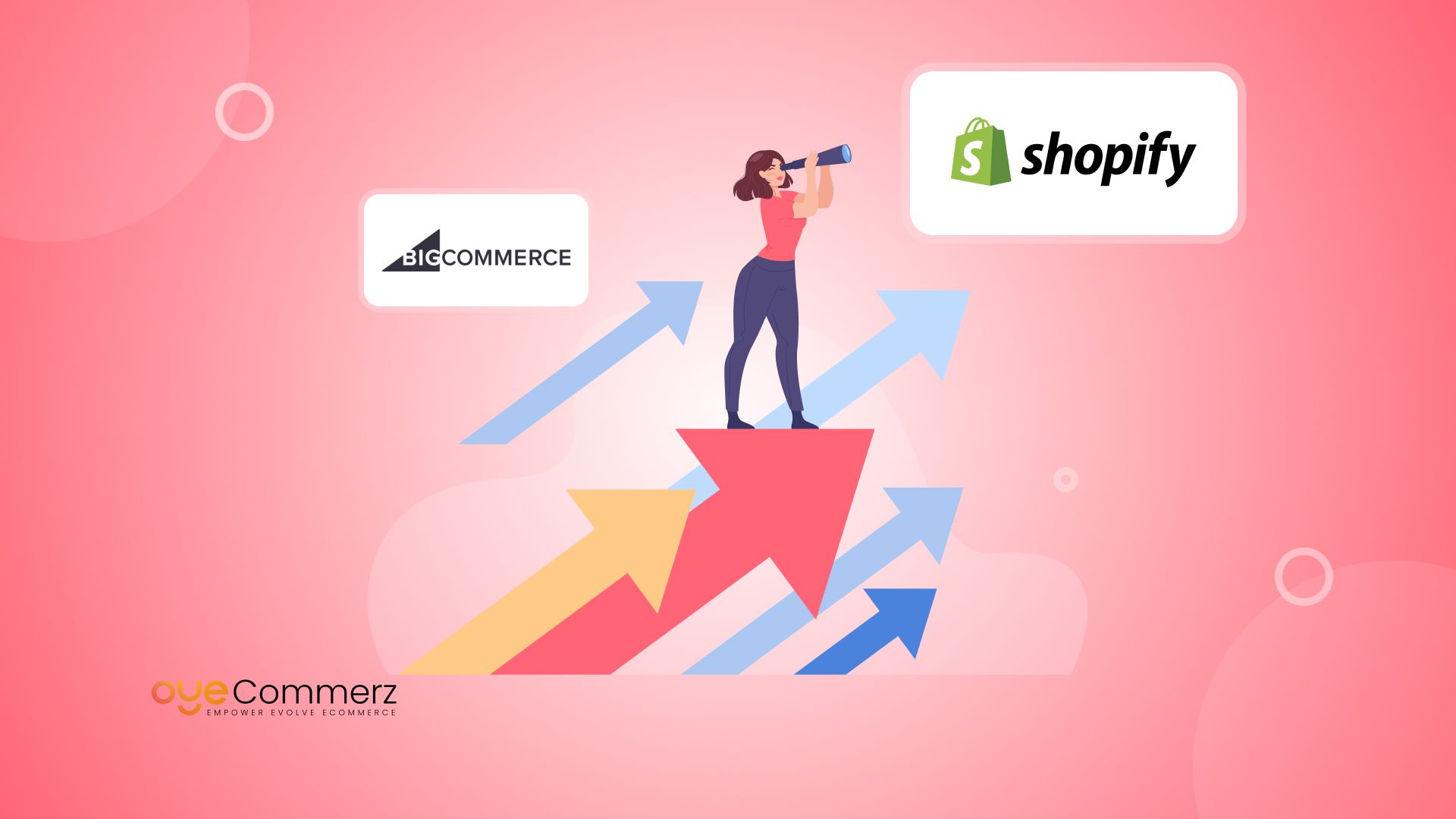In the current digital environment, selecting the appropriate e-commerce platform is crucial for enterprise success. If you are presently utilizing Wix but thinking about a move to Shopify, you are in good company. Many companies are migrating to Shopify to leverage its powerful features, expandability, and specialized e-commerce tools. This article will walk you through the transition process, ensuring a smooth transition and preparing you for e-commerce achievement.
Why Migrate from Wix to Shopify?
Before exploring the migration process, it's essential to understand why Shopify might be a superior choice for your e-commerce needs:
- Specialization: Unlike Wix, which caters to various website types, Shopify is engineered exclusively for e-commerce, offering sophisticated features and functionalities optimized for online selling.
- Growth Potential: As your business expands, Shopify can easily accommodate higher visitor volumes and sales capacity without compromising performance.
- Extensive App Ecosystem: Shopify provides a vast collection of apps that can boost your store's functionality, from marketing tools to stock control options.
- Search Engine Optimization: Shopify provides better SEO options, which can assist in boosting your store’s visibility on Google and others.
- Payment Options: With multiple payment gateways available, including Shopify Payments, you can offer shoppers a variety of options.
Getting Ready for Transition
To ensure a trouble-free transition from Wix to Shopify, adhere to these preparatory steps:
1. Save Your Information
Download all your information from Wix, including item information, user data, and order history. This process is vital as it ensures you have a backup of all data before starting the transfer.
2. Select a Pricing Option
Assess the different Shopify plans offered and choose one that best suits your business needs. Consider factors such as costs, built-in tools, and growth potential.
3. Create Your Shopify Profile
Create your Shopify profile and explore the platform’s dashboard and features.
The Migration Process
Now that you are ready, it’s time to transfer your store from Wix to Shopify. Here’s how:
1. Transfer Items
Use Shopify's built-in migration utility or external tools like Cart2Cart or LitExtension to move your products from Wix to Shopify.
Ensure that product descriptions, pictures, prices, and options are correctly transferred.
2. Migrate Client Information
Upload customer information such as user names and email addresses into your new Shopify store. This step is vital for retaining customer relationships and advertising strategies.
3. Configure Transactions
Configure transaction methods in your Shopify store to guarantee smooth payments. You can select from multiple options like debit methods, copyright, and others.
4. Customize Your Store Design
Choose a theme that reflects your business image. Modify it using Shopify's customization options to create an appealing and user-friendly shopping experience.
5. Search Engine Optimization
Apply SEO strategies during the migration process:
- Configure 301 redirects from old Wix URLs to new Smooth store migration process Shopify URLs.
- Enhance item names, details, and photos with relevant search terms.
- Modify meta tags and alt texts for better search engine visibility.
Post-Migration Steps
Once your store is live on Shopify, follow these follow-up steps:
1. Check Your Website
Perform comprehensive testing of your new store:
- Check item listings for accuracy.
- Test payment processes.
- Make sure all links work correctly.
2. Launch Marketing Campaigns
Announce your new store launch through email newsletters and social platforms.
Think about running special offers or discounts to attract customers.
3. Track Your Progress
Use analytics tools within Shopify to track revenue growth and Creating a user-friendly Shopify store design user activity.
Modify your strategies based on data insights.
Conclusion
Migrating from Wix to Shopify can substantially enhance your e-commerce capabilities and lay the foundation for growth and success. By following this guide and taking a systematic approach to the migration process, you can ensure a smooth move that reduces downtime and maximizes opportunities for sales. Welcome the change and watch your online store thrive on its new platform!
